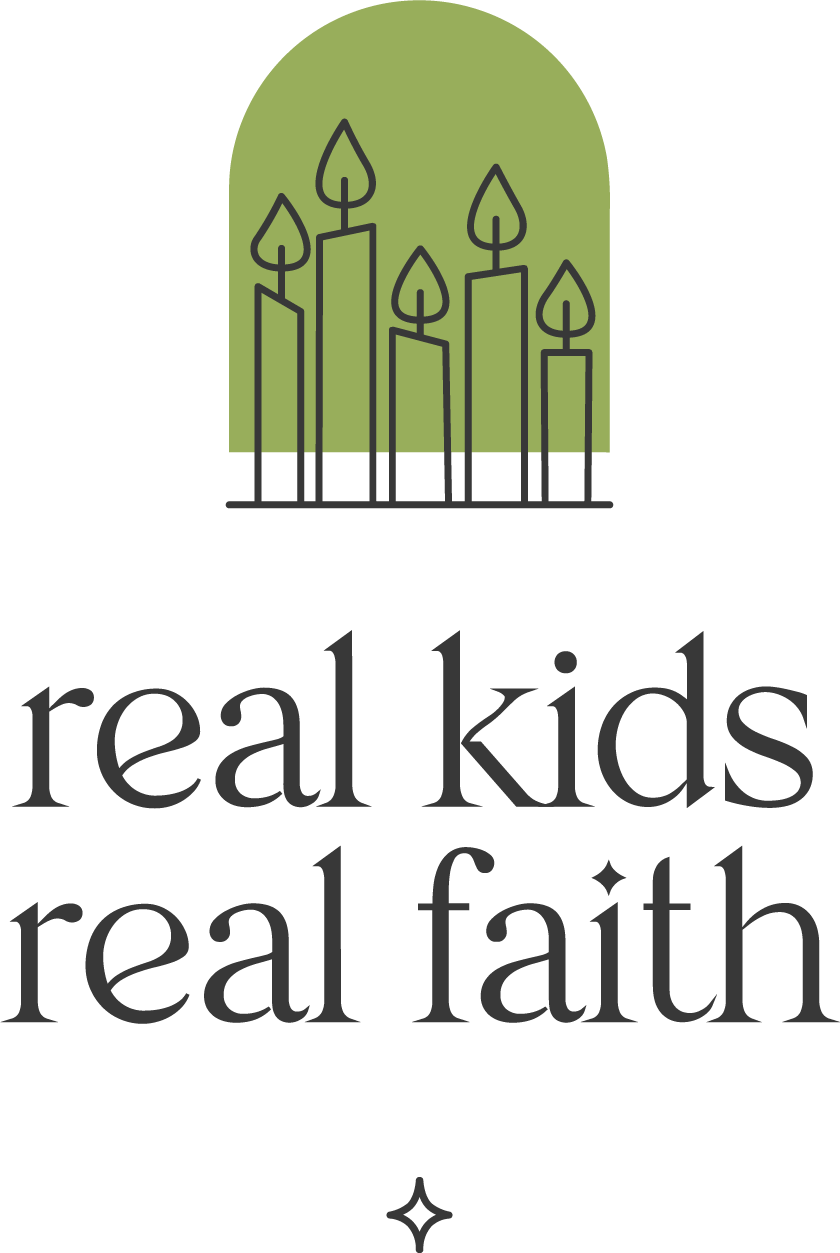“Paint my fingers and toes, too, mommy!” pleaded my four year old son. “I want to be sparkly like the girls!” He was already wearing a pink tutu and tiara from an afternoon of playing with his sister and friends. So I painted his nails with glittery red, white, and blue polish, which he proudly showed off at the July 4th community picnic the next day.
It is normal for children to explore different forms of identity and self-expression. Robert Tregoning’s The Dress in the Window tells the story of a young boy who is fascinated by a sparkling red gown he spots in a second-hand store window. The dress fills his senses with delight and ignites his imagination. He wants it more than anything and can’t stop twirling with joy when it finally becomes his.
Read and explore this book with children ages 3+, using one or more of the following activities.
Big emotions. The boy’s heart disco dances when he first sees the dress. He leaps with excitement when he has earned enough money to buy the dress, and his heart sinks when it is gone from the store window. Invite children to create a dance that tells the story of the boy’s emotions through movements. You might read the story again as they dance, or make a list together of the boy’s different emotions and then put together dance moves that represent his feelings.
Imagined stories. Part of the dress’s appeal is all the possible adventures the boy imagines the dress has been a part of. Invite children to dream up other possibilities for the dress’s history. Encourage them to draw pictures of different people wearing the dress in their imagined settings. Or create a cutout of the dress on a paper doll and suggest that children act out their imagined adventures.
Determined efforts. In order to purchase the dress, the boy does chores for his neighbors. He takes all kinds of jobs, regardless of gender stereotypes about who typically does them. Invite children to think about gender assumptions with a card game. List different chores and jobs on index cards until you have a deck of 20 or more. Turn the deck face down and take turns pulling a card and deciding whether the chore/job listed is typically seen as women’s work, men’s work, or both. Sort the cards into three columns and then review the items in each, noting what they have in common. Ask: What prevents the items in the men’s or women’s work columns from going in the ‘Both’ column?
Identity affirmation. When mum gives the boy his gift, she says, “One beautiful dress for my beautiful son.” Encourage children to think of ways that others affirm (or not) their identities. Ask: What are things that you love to do? What do people say when they see you doing your favorite things? What are things about yourself that you really like? What do people say about those qualities in you? What would you like them to say? Invite children to develop some self-affirmation statements (e.g., ‘It is good to be curious’, ‘I’m a great team player’, ‘I learn from my mistakes’) that they can use when others may not appreciate them as they would like.
Related Resources
- The Dress in the Window — Robert Tregoning
- Flyaway Books: Resources for The Dress in the Window
- Coloring Pages
- Children and gender identity: Supporting your child - Mayo Clinic
- Gender identity | Caring for kids
- How To Support Your Child as They Explore Their Gender Identity
- Gender fluidity: What it means and why support matters - Harvard Health
- Affirming Gender Diversity | RKRF
- Gay Pride Spirituality | RKRF

Comments